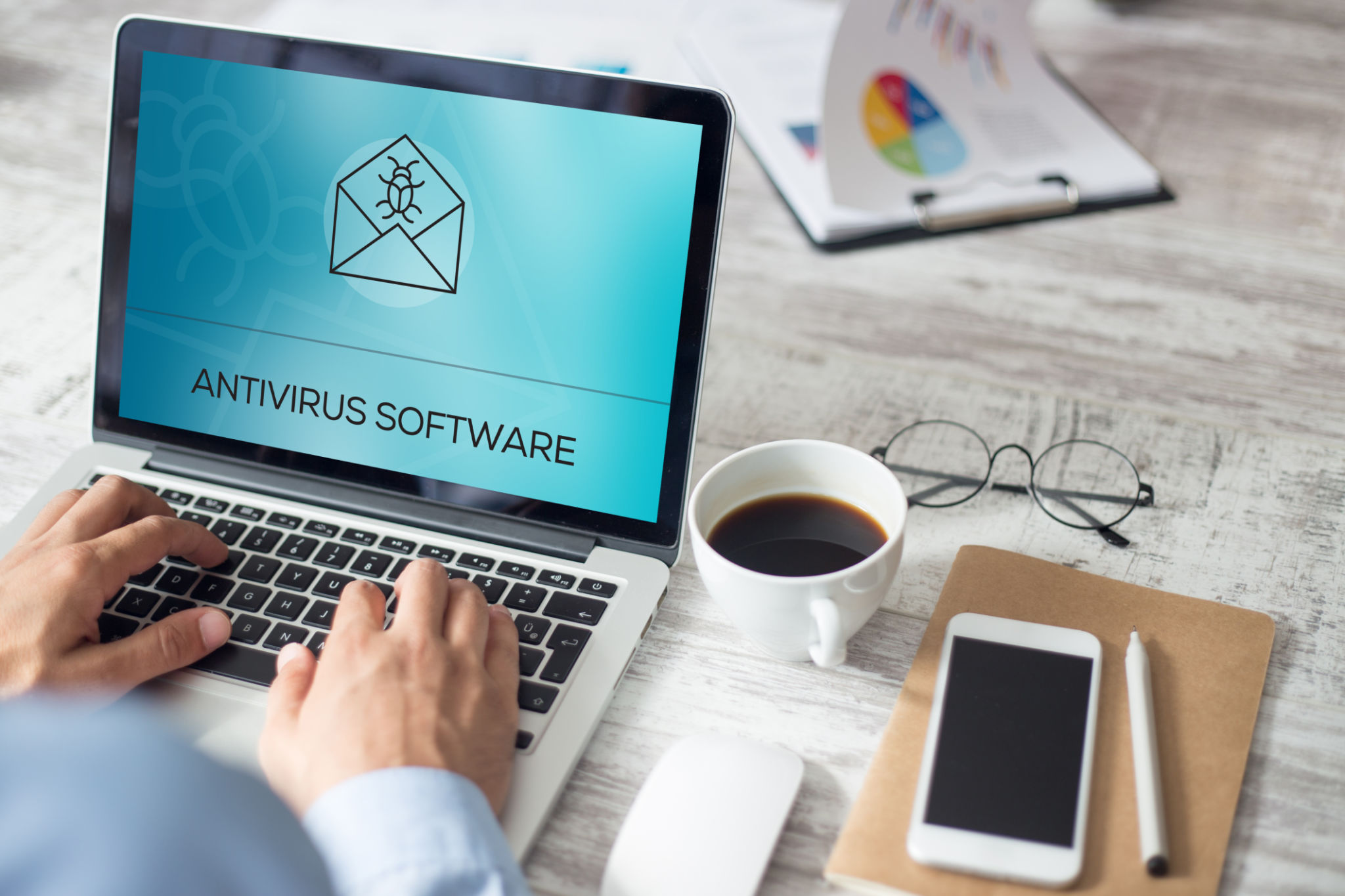How to Prevent Ransomware Attacks: A Comprehensive Guide for Businesses
Understanding Ransomware Attacks
Ransomware attacks have become a prevalent threat to businesses worldwide, with cybercriminals deploying increasingly sophisticated techniques to hold valuable data hostage. At its core, ransomware is a type of malicious software designed to block access to a computer system or encrypt its data until a ransom is paid. Understanding the mechanics of these attacks is the first step in safeguarding your business.

Businesses of all sizes are at risk, making it crucial to implement robust security measures. The impact of an attack can be devastating, leading to significant financial losses, reputational damage, and disruption of operations. Therefore, staying informed about the latest trends in ransomware attacks and prevention strategies is essential for every business owner.
Implementing Strong Security Measures
The foundation of preventing ransomware attacks lies in implementing strong security measures. Start by installing reputable antivirus and anti-malware software. These tools can detect and neutralize threats before they infiltrate your system. Ensure that your security software is always up-to-date to protect against the latest threats.

Additionally, use firewalls to create a barrier between your internal network and external threats. Firewalls monitor incoming and outgoing traffic, blocking malicious activities before they cause harm. Combine this with a robust spam filter to prevent phishing emails, which are a common vector for ransomware.
Regularly Backup Your Data
Backing up data is an essential practice for any business. Regular backups ensure that you can restore your files without paying a ransom if an attack occurs. Use the 3-2-1 rule: maintain at least three copies of your data, store two backup copies on different media, and keep one copy offsite.

Automate the backup process to minimize human error and ensure backups are performed consistently. Test your backups regularly to confirm they can be restored quickly and effectively in case of an emergency.
Educating Employees
Human error is a significant factor in many ransomware attacks, making employee education vital. Conduct regular training sessions to teach employees how to recognize phishing emails and suspicious links. Encourage them to question unexpected attachments and report any unusual activities immediately.
Create a culture of cybersecurity awareness within your organization. Implement clear policies and procedures for handling sensitive information, and ensure all employees understand their role in maintaining security.
Implementing Access Controls
Limiting access to sensitive data can greatly reduce the risk of a ransomware attack. Implement access controls based on the principle of least privilege—only grant employees access to the data necessary for their job functions.

Use multi-factor authentication (MFA) to add an extra layer of security. MFA requires users to provide two or more verification factors before gaining access, making it more difficult for unauthorized individuals to infiltrate your system.
Developing an Incident Response Plan
No defense is foolproof, which is why having an incident response plan is essential. This plan should outline the steps to take immediately following a ransomware attack, including isolating affected systems, notifying relevant authorities, and communicating with stakeholders.
Regular drills and simulations can help ensure that everyone knows their role in the event of an attack. A well-prepared team can significantly reduce the impact of an attack and speed up the recovery process.
Staying Informed and Adapting
The cyber threat landscape is constantly evolving, so it's important to stay informed about new ransomware tactics. Subscribe to cybersecurity bulletins, attend industry conferences, and participate in online forums to stay ahead of potential threats.

Adopt a proactive approach by continuously assessing and updating your security measures. By staying vigilant and adapting to new challenges, you can protect your business from the ever-present threat of ransomware attacks.
